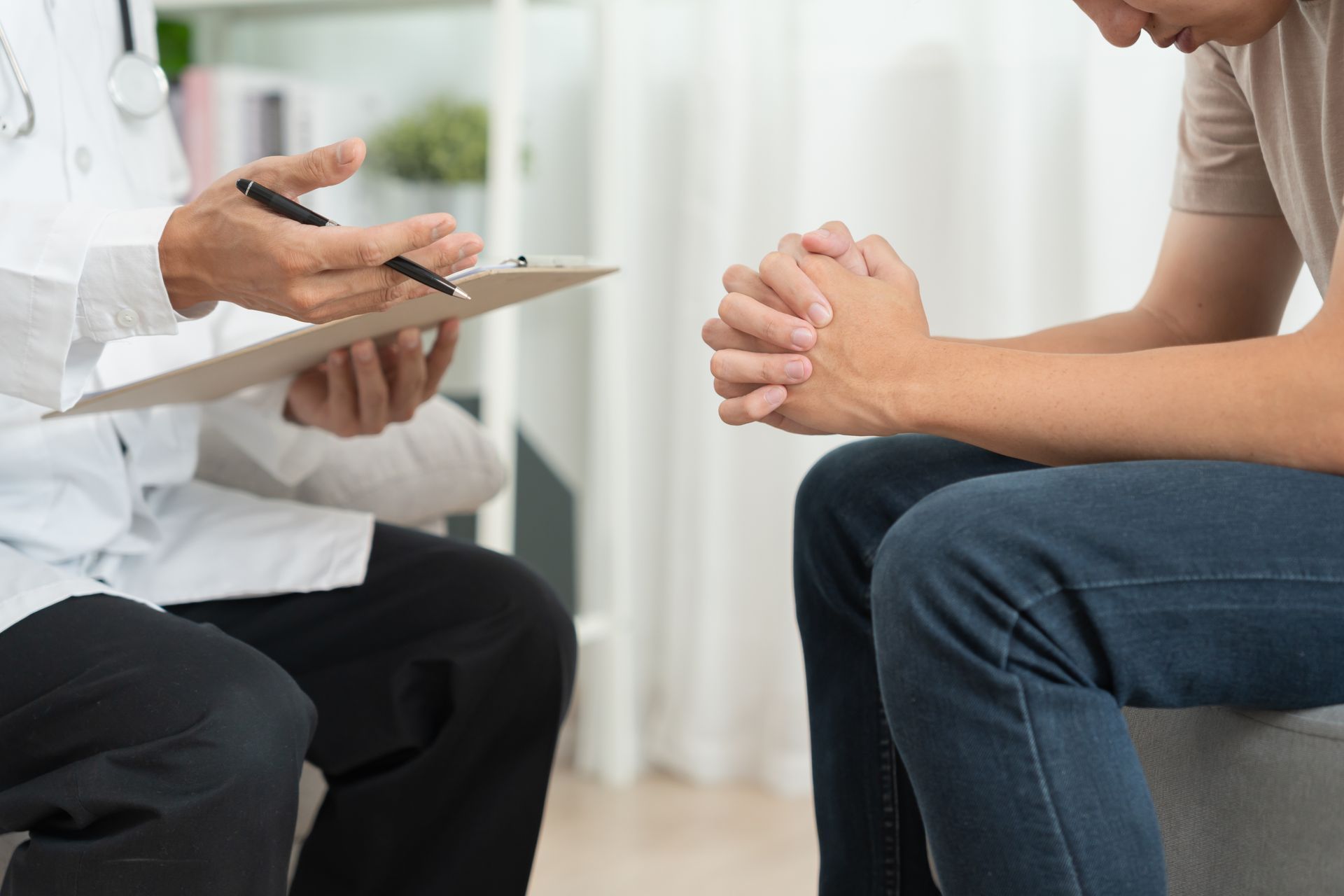Psychiatric Recommended Seasonal Depression Strategies

Have you ever had the winter blues? Studies show that it can be normal for our moods to change depending on the seasons.
The changing seasons cause seasonal affective disorder (SAD). It may be a shocking, overpowering sort of despair. Most people don't know how to deal with seasonal sadness when they first experience it. They begin to feel depleted of energy and interest in the fall, and their condition worsens as winter develops. Depressive symptoms often clear themselves throughout the spring and stay modest during the summer. It is also crucial to realize that winter melancholy, sometimes known as the "winter blues," is a milder type of SAD.
While many of us might not consider it to be a threat, it’s actually a good idea to observe your mental health during these times.
Researchers aren't sure what causes seasonal affective disorder, but some of its common symptoms include:
- Depression on a daily basis follows a seasonal rhythm
- a lack of enthusiasm for the previously appreciated activity
- Changes in appetite and weight gain
- a lack of energy and persistent tiredness
- Sleeping excessively
Seasonal affective disorder symptoms, if left untreated, can lead to persistent mental health concerns. Fortunately, there are several therapist-approved ways of dealing with seasonal depression. Use the suggestions below to learn how to detect, avoid, and treat SAD symptoms.
- Eat Healthy and Stay Hydrated
- Get Your Daily Dose of Sunshine and Exercise
- Stay Connected with Friends and Family
- Journaling
- Talk with a Specialist
- Final Thoughts
Our team of psychiatrists has put together 5 tips that are recommended for coping with seasonal depression.
Eat Healthy and Stay Hydrated
Excess sugar, salt, and fat can cause our moods to change. In addition to eating healthy including a balanced diet of fruits, vegetables, and meat or dairy, staying hydrated is crucial too. Water helps every human cell in our body. Water is essential to every cell in the human body, thus drinking enough of it is critical. Staying hydrated is important all year, and it can help you maintain good health even during the colder months.
Get Your Daily Dose of Sunshine and Exercise
What I learned from our specialists is that most people are deficient in vitamin D. Vitamin D serves numerous roles. Perhaps the most important are calcium and phosphorus absorption regulation and adequate immune system function. Getting adequate vitamin D is necessary for normal bone and tooth formation, as well as enhanced resistance to some illnesses.
Knowing how to overcome seasonal sadness entails understanding the power of natural sunshine. Get out of the house on a regular basis. Allow the sun to enter your home by leaving the window curtains open. If you work inside, try to find a location where natural light gets in.
Stay Connected with Friends and Family
During COVID, it made it difficult for many people to be with friends and family. Isolation and loneliness can be terrible for your health.
Isolation and depression are inextricably linked. As a result, gathering with important friends is a great strategy to fight the effects of seasonal affective disorder. So, even if it's only an online video chat, think about finding some unique ways to catch up with your buddies, especially during the chilly fall and frigid winter months.
Journaling
Are you connected to your feelings? What did you do today? Studies show that journaling can improve your state of mind. It’s a self-reflection technique that is used to keep your emotions in check. It can help to relieve the stress or anxiety you have.
Journaling has been shown to help many people with SAD. They've discovered that writing down their thoughts, feelings, and ambitions might help them cope with seasonal depression. Journaling may give your ideas life and make them more solid.
Use your notebook to organize your time, communicate your concerns, devise solutions, let go of grudges, and just keep in touch with your inner sentiments. Journaling about your feelings might help you find trends that will aid you in the future.
Talk with a Specialist
Having seasonal depression doesn’t need to be endured alone. Online psychiatry gives people an outlet. A specialist can get you on the right track to recovery. Working with an online psychiatrist might be quite beneficial if you suffer from the seasonal affective disorder. A A qualified therapist can educate you on how to combat seasonal depression before, during, and after it occurs. Both talk therapy and cognitive behavioral treatment (CBT) are useful in treating SAD, with high success rates. There is always hope for recovery.
In addition to talking with a psychiatrist, they can offer you additional support through counseling and medication. SAD may be treated with antidepressant drugs. Many people, however, want to rule out other alternative treatments before taking any prescription drug. Prescription medications can be beneficial for a variety of diseases and should not be ruled out completely. Some people, on the other hand, begin with certain types of therapy and other therapeutic alternatives.
Final Thoughts
You might feel ashamed at the thought of seeking help or working on your mental health. As summer starts to fade, we begin to go towards the fall and winter months. These months tend to be harder for people. If you suffer from the seasonal affective disorder, you don't have to suffer in silence. It is possible to learn how to deal with seasonal depression. There are several useful, helpful, and simple strategies you may take to learn how to cope with sadness and loneliness throughout the winter months.











